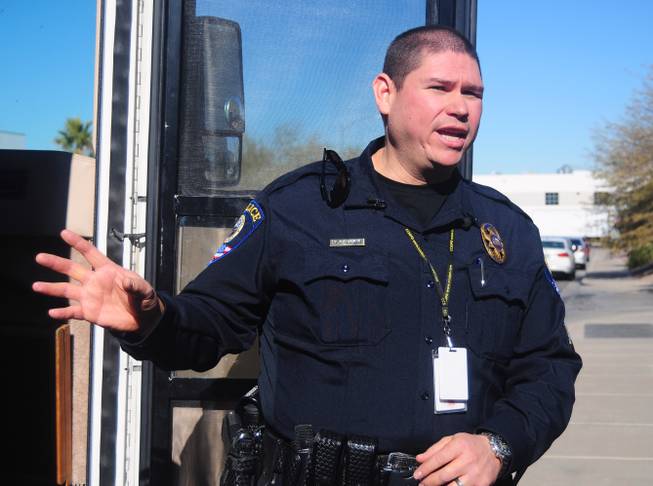
Clark County School Police Sgt. Henry Blackeye gives a tour of the department’s mobile command center during a media tour on Friday, Jan. 18, 2013.
Saturday, Jan. 19, 2013 | 2 a.m.
Sun archives
The Clark County School District is among just 127 districts across the country that employ their own police departments.
The School District has expanded the size and scope of its police force, which started in the late 1960s with 25 security officers and now is tasked with securing the nation's fifth-largest school system.
With more than 311,000 students, 37,000 employees and 357 schools to protect, the job of CCSD police officers is daunting. There are myriad threats to campuses today, from drugs, gangs and thefts to natural disasters, fires and mass shootings.
In addition to protecting students and staff, school police officers serve as role models, counselors and even educators. Officers conduct lessons at every grade level, teaching safe crosswalk procedures in elementary schools, and gang prevention and anti-bullying measures in middle and high schools.
To showcase some of the district's preparations and operations, CCSD Police opened their doors to the media Friday. Here are a few interesting facts about one of the largest school police departments in the country:
-
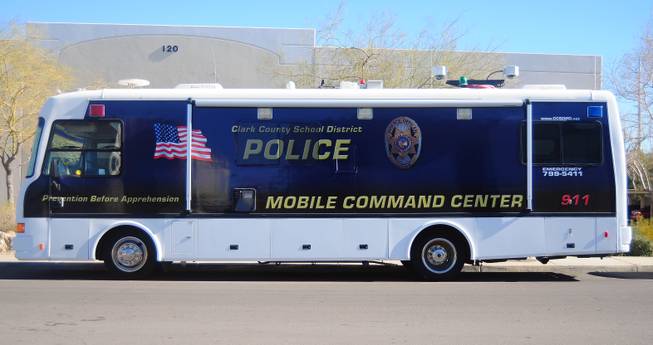
The CCSD police department has 163 patrol officers, 25 higher-ranking officers and an annual budget of $21.3 million. The police agency serves nearly a half-million people yet has about half the number of police officers as the cities of Henderson and North Las Vegas, which have fewer residents than the number of students enrolled in Clark County schools.
-
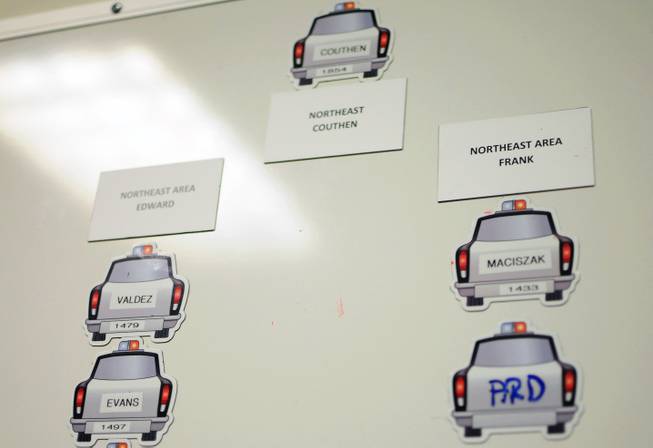
Two police officers are stationed at each of the district's 49 high schools. Thirty-two police officers rove among elementary and middle schools during the school day, and about seven patrol officers do so overnight. About 300 unarmed campus security officers also help monitor campuses during the day. The School District has 123 police cars and one large police mobile command center.
-

School police officers, such as Sgt. Henry Blackeye, undergo intensive training every year. To become a school police officer, one must attend the Southern Desert Region Police Academy for 22 weeks and then undergo 19 weeks of field training, taking up the better part of a year. Veteran school police officers must have a minimum of 24 hours of continuing education annually, as required by state law. School police officers underwent 16,000 hours of training last year, nearly 100 hours per patrol officer. Trainings include firearms, terrorism/bombing, counseling and even bike maintenance for high school bike patrol officers.
-
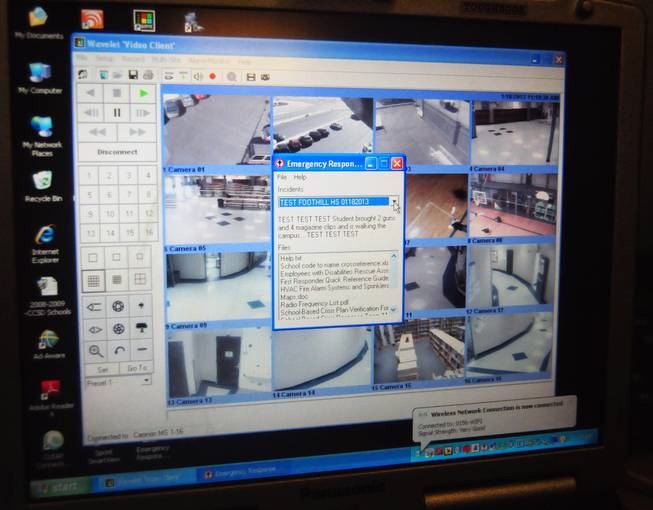
Each year, every school develops protocols for campus emergencies. The protocols are reviewed by school police before the academic year begins. Throughout the year, schools undergo a variety of drills — including fire, evacuations and lockdowns — to combat a variety of threats. School police conduct hundreds of school visits to talk with administrators about traffic issues and to test campus security. They also host a variety of community events, such as career day, campus safety fairs and nationwide police conferences.
-
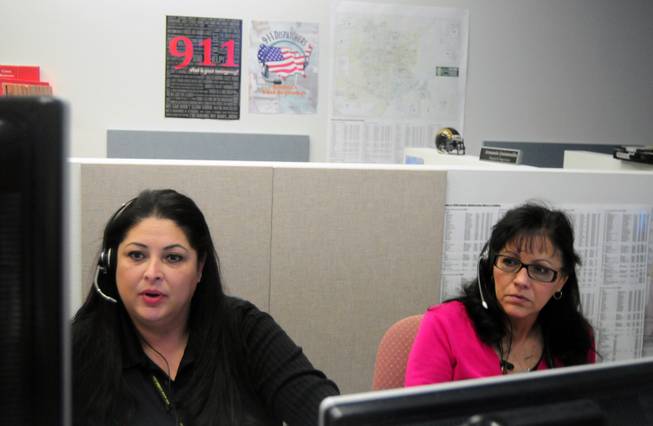
School police employ 17 dispatchers, who field more than 8,000 emergency phone calls each month. Officers are routinely dispatched to schools when a fire, gate/door or kitchen refrigerator alarm is triggered. All district phones can be traced to ensure a prompt emergency response.
-
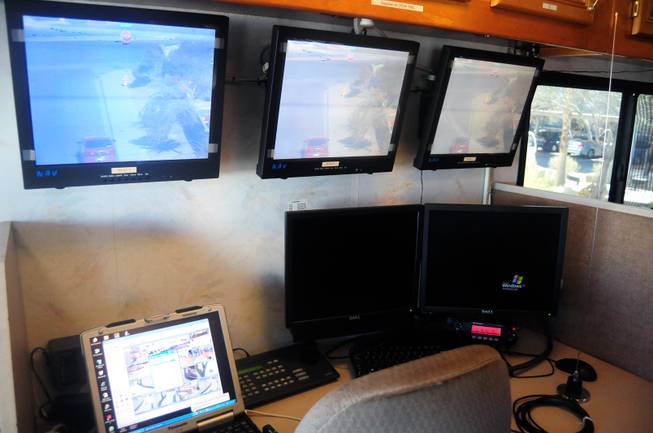
School police are able to monitor surveillance cameras at any school from an on-campus security room, dispatch, police cars and the mobile command center. The School District is plugged into all the major crime databases and can pull up student records.
-

This is the main communications hub for School District police during a major event or emergency. The room serves as the nerve center during a presidential visit to a school, the first and last days of school, and emergencies, such as major flooding.
-

In 2007, school police purchased a used mobile command center from the Nevada Highway Patrol for $24,500 — about $1 per mile on the odometer. The command center on a truck has been outfitted with a dispatch center, radios, Wi-Fi, Internet and two security cameras on a boom. The center can be operated on generators for about 12 hours in case of a serious emergency on campus. The truck also was deployed to high-profile events, such as President Barack Obama's visit to Canyon Springs High School last fall.








Join the Discussion:
Check this out for a full explanation of our conversion to the LiveFyre commenting system and instructions on how to sign up for an account.
Full comments policy